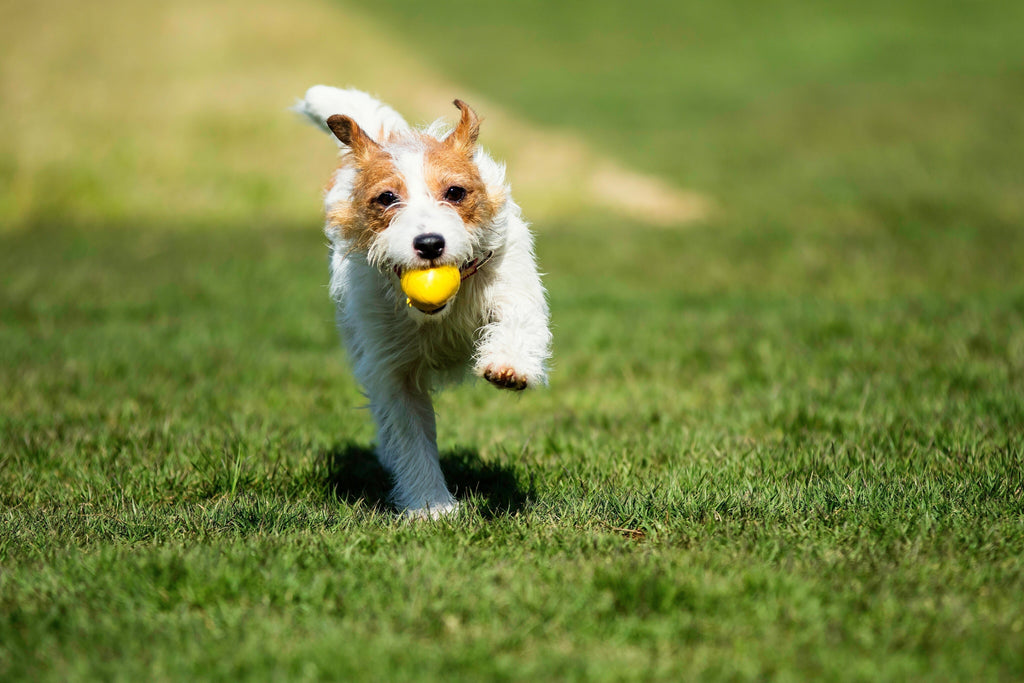What You Need to Know: Wearable Technology for Dogs

Who’s the new dog on the block? Dog wearables! But what are they and does your dog need one? Read on to find out. "Wearables" refers to technology that is worn… think watches, pedometers, and heart rate monitors. While gadgets are nice, their utility for pets isn’t always clear. Wearables for dogs are not very common yet, but as technology expands and prices come down, there will be more and more on the market.
What Are Wearables, Exactly?
There are simple wearables like LED collars. These are nice and straightforward. Using it is as simple as snapping it onto your furry pal before you go for a walk at night. They will instantly be more visible, making both you and your dog safer.
But what about more complicated wearables?
There are three primary categories of dog wearables:
- Cameras
- Trackers
- Sensors
Wearable Cameras for Dogs
Most cameras clip to a collar or are built into one. These are great for doggy pawrents who are busy away from home more than they would like to be. It allows them to see things from their dog’s perspective and see what their fur-ever friend is up to during the day.
Cameras can provide you with a sense of comfort because you can easily check in on your dog, but some can get a little pricey.
Wearable Trackers for Dogs

Trackers can be very helpful for busy pet pawrents. Like cameras, they can be a little pricey, but they might be worth the expense.
Trackers can:
- Help you find lost pets, especially when you are traveling.
- Show you where your dog is spending time.
- Alert you to a prolonged lack of movement of your dog.
- Estimate the amount of exercise your dog is getting daily.
- Alert you when they go out of the normal area.
Trackers are very effective at giving you an idea of where and how much your dog is moving around, but they have some limitations. For instance, there are areas where they don’t have access to mobile data and the battery can run out of charge.
Wearable Sensors
Sensor is a broad term that can be applied to pedometers, heart rate monitors, thermometers, and other tech. Sensors are usually incorporated into a dog’s collar and provide a broad variety of health related data. They can provide information on your dog’s:
- Activity level
- Body temperature
- Calories burned
- Heart rate
- Minutes of activity
- Respiration rate
These can be used to help determine if a dog is afraid, nervous, excited, etc. throughout the day. If a dog has health issues, your vet can use this data to help with a diagnosis.
Finding a Balance

As technology has improved, the bond between people and dogs has only grown stronger. While a dog lead and a collar may be all you need, a wearable might help you and your dog know each other just a little better. As wearable technology evolves, it will continue to provide valuable insight that you can use to improve your dog’s health and quality of life.
As a pet pawrent, you have to consider the benefits that you and your doggo will get in return for the money that you invest.
So next time you are on a walk with your favorite furry pal, talk to them about technology and see what they think about cameras, trackers and sensors. You should be able to come to a decision that will please both of you.




